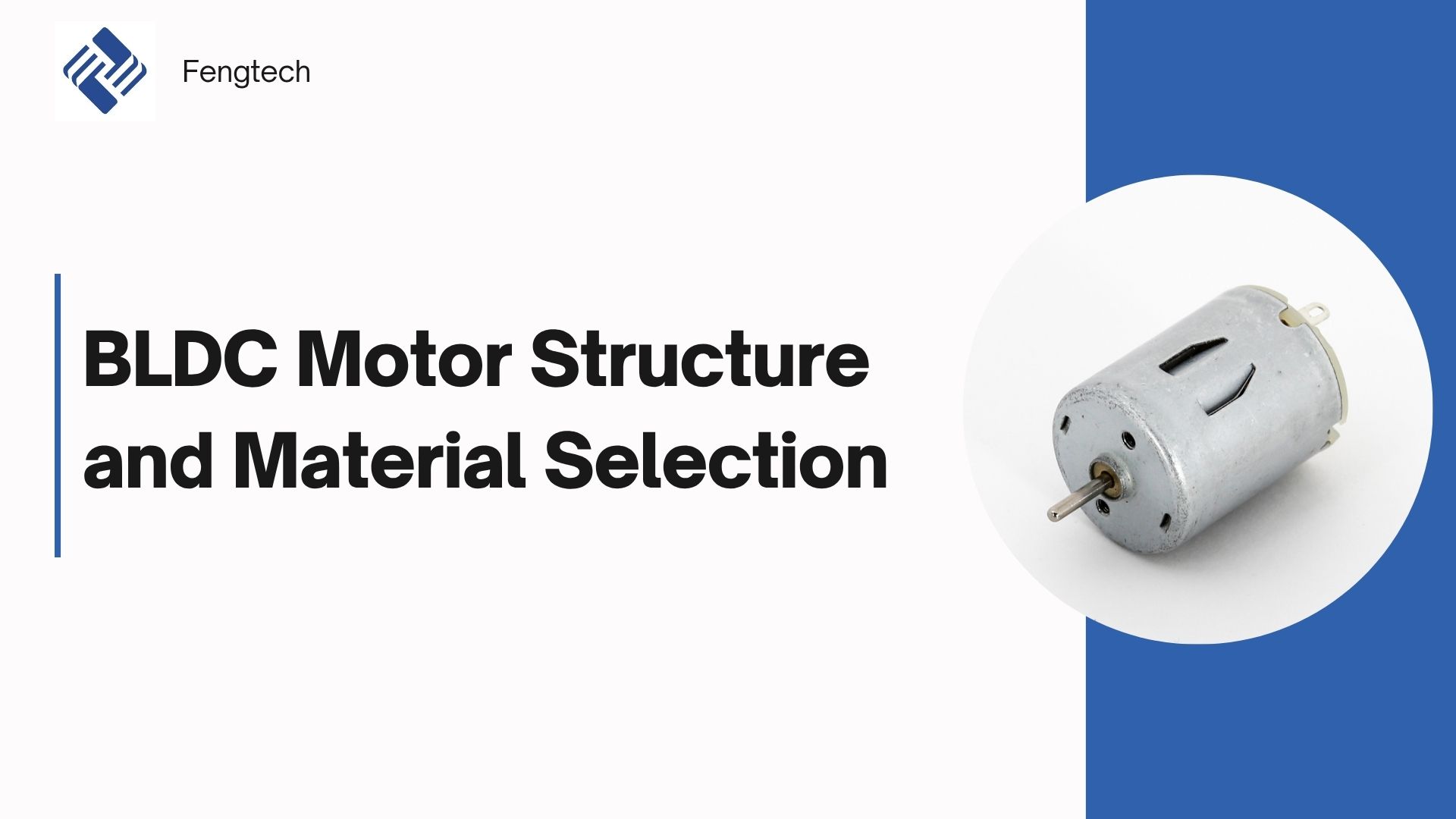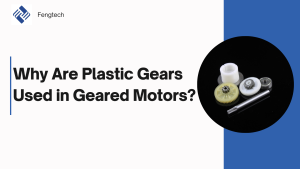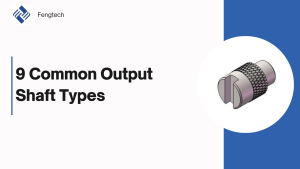BLDC (Brushless DC) motors have become core components in automation, new energy, aerospace and other fields due to their significant advantages of high speed, low loss and long life. This article mainly shares the components of brushless DC motors and the materials they use.
Structural composition of BLDC motors
1.Stator:
The stator is the stationary part of the motor, which is responsible for generating a rotating magnetic field and driving the rotor to rotate.
Core structure:
Laminated core: A cylindrical or ring-shaped structure formed by stacking many thin, surface-insulated silicon steel sheets (good magnetic conductivity and low eddy current loss). There are evenly distributed slots on its inner circumference.
Winding: Copper wire coils are tightly embedded in the slots of the core. These coils are connected according to specific rules (usually three phases: U, V, W) to form multiple electromagnets. The connection method of the coils affects the characteristics of the motor.
Key points: The stator core acts as a “skeleton” for magnetic conductivity, while the stator winding is the “energy input port” and “magnetic field generator”. When current is passed through the three-phase winding in a specific order, a continuously rotating magnetic field is generated inside the stator.
Motor Stator Material
2. Rotor:
The rotor is the rotating output part of the motor. It is attracted by the rotating magnetic field generated by the stator and drives it to rotate.
Core structure:
Shaft: A solid metal shaft that is the carrier of the motor output torque and is usually supported on the end cover through bearings.
Rotor core: It is also made of magnetic silicon steel sheets laminated and fixed on the shaft. Its function is to provide a magnetic circuit.
Permanent magnet: High-performance permanent magnets are firmly mounted on the outer surface of the rotor core or embedded inside it. These magnets are magnetized in the form of alternating N and S poles.
3. Position sensor:
Common types: The most commonly used is the Hall effect sensor. There are usually three Hall sensors (corresponding to three phases), which are cleverly installed inside the stator near the air gap.
Working principle: When the rotor rotates, the magnetic field of the permanent magnet on it will sweep over these Hall sensors in turn. The sensor can sense the change in the direction of the magnetic field and convert this change into an electrical signal output.






